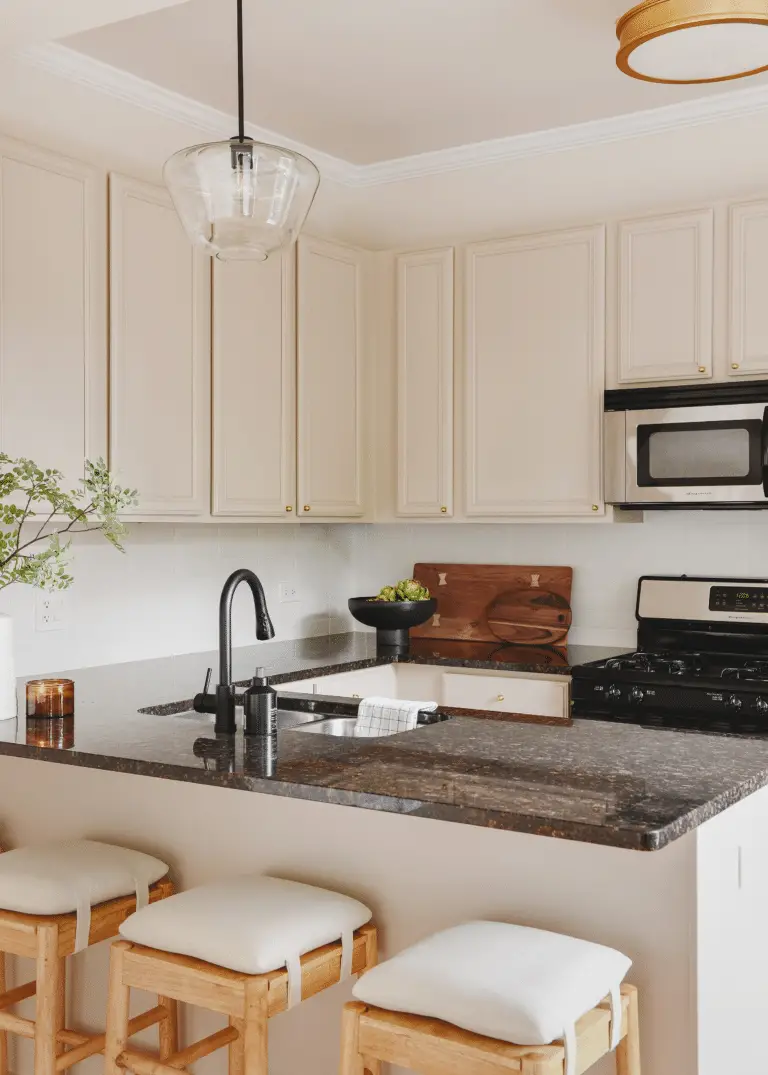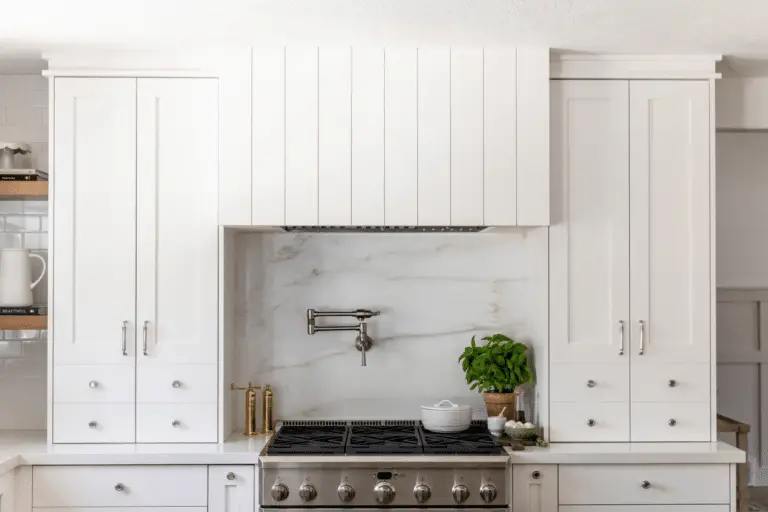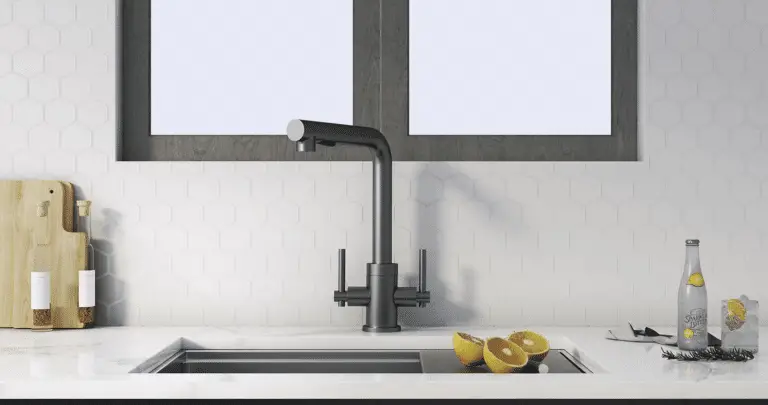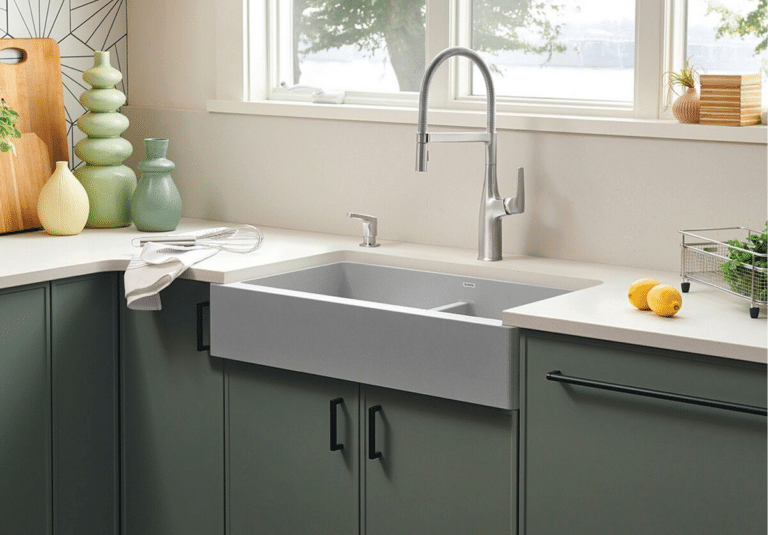Are you in the market for a new sink but overwhelmed by all the material options out there? Let’s dive into the world of sinks, specifically concrete sinks, and compare them with other popular choices like stainless steel and ceramic.
From aesthetics to maintenance and cost, we’ll break down the pros and cons of each material so you can make an informed decision. Stay tuned to discover the best sink material for your needs and style preferences.
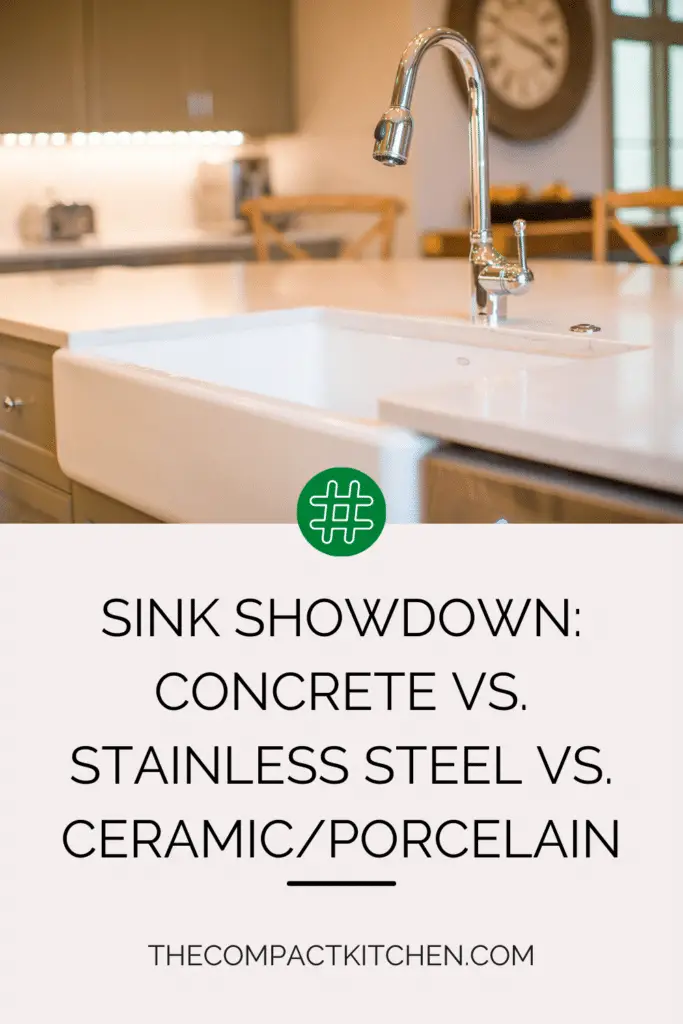
Introduction to Concrete Sinks and Other Material Options
When it comes to choosing the right sink for your kitchen or bathroom, there are a plethora of material options available on the market. From classic stainless steel to elegant ceramic and porcelain, each material brings its own set of features and benefits. However, one material that has been gaining popularity in recent years is concrete.

Concrete sinks offer a unique blend of aesthetics, durability, and customization options that set them apart from traditional sink materials. In this section, we will delve into the world of sink materials and focus on comparing concrete sinks with other popular options.
Key Takeaways:
1. Concrete sinks are a modern and stylish choice for any kitchen or bathroom.
2. Concrete sinks offer exceptional durability and can be customized to fit your unique design preferences.
3. Comparing concrete sinks with other material options will help you make an informed decision when choosing the right sink for your space.
Features of Concrete Sinks
When it comes to choosing the right sink for your kitchen or bathroom, the material plays a crucial role in both aesthetics and functionality. Concrete sinks have gained popularity in recent years for their unique look and customizable options. In this section, we will dive deep into the features of concrete sinks, comparing them with other material options to help you make an informed decision.
Aesthetics

One of the standout features of concrete sinks is their modern and industrial look. They add a touch of sophistication and uniqueness to any space, making them a popular choice for those looking to make a design statement. Concrete sinks come in a variety of shapes and sizes, allowing for customization to fit your specific design preferences.
Durability
Concrete sinks are known for their durability and longevity. They are resistant to scratches, chipping, and staining, making them a great option for high-traffic areas like the kitchen. With proper care and maintenance, a concrete sink can last for years without losing its appeal.
Customizability
Another advantage of concrete sinks is their customizability. You can choose from a wide range of colors, textures, and finishes to create a sink that perfectly matches your style. Whether you prefer a smooth and polished look or a more rugged and industrial feel, concrete sinks offer endless possibilities for customization.
Maintenance Requirements
While concrete sinks are durable and long-lasting, they do require some maintenance to keep them looking their best. Regular cleaning with a mild soap and water is usually all that is needed to maintain the sink’s appearance. It is important to avoid harsh chemicals and abrasive cleaners that can damage the sealant and protective coating on the sink’s surface.
Potential Downsides
It is essential to consider the potential downsides of concrete sinks before making a final decision. Concrete is a porous material, which means it can absorb liquids and stains if not properly sealed. Over time, concrete sinks may develop hairline cracks or imperfections, which can impact both the aesthetics and functionality of the sink.

Overall, concrete sinks offer a unique combination of aesthetics, durability, and customizability that make them a great choice for those looking to add a touch of modern elegance to their space. By understanding the maintenance requirements and potential downsides of concrete sinks, you can make an informed decision about whether they are the right choice for your home.
When it comes to choosing the right material for your sink, one common comparison that arises is between concrete sinks and stainless steel sinks. Both options have their own set of advantages and drawbacks, making it essential to weigh them carefully before making a decision.
Stainless Steel Sinks: Durability and Longevity
Stainless steel sinks are known for their durability and longevity, making them a popular choice for many homeowners. They are resistant to stains, heat, and rust, which ensures that they maintain their sleek appearance over time. Additionally, stainless steel sinks are relatively easy to clean, requiring only mild soap and water to keep them looking pristine.

However, it’s essential to note that stainless steel sinks can be prone to scratches and dents, especially if they are not taken care of properly. This means that you may need to be more cautious when using knives or sharp objects near the sink to prevent any damage.
Maintenance Comparison: Concrete vs. Stainless Steel Sinks
When it comes to maintenance, concrete sinks and stainless steel sinks have different requirements. While stainless steel sinks are relatively low maintenance and easy to clean, concrete sinks require more attention to ensure their longevity.

Concrete sinks are porous in nature, which means they can easily absorb liquids and stains if not sealed properly. Regular resealing is necessary to protect the sink from damage and maintain its appearance. Additionally, harsh cleaning agents should be avoided, as they can cause the sealant to degrade over time.
Despite the higher maintenance requirements, concrete sinks offer a unique and customizable aesthetic that cannot be achieved with stainless steel. The versatility of concrete allows for various shapes, sizes, and finishes, making it a popular choice for those looking to add a touch of sophistication to their kitchen or bathroom.

In conclusion, when comparing concrete sinks with stainless steel sinks, it ultimately comes down to personal preference and lifestyle. If you prioritize durability and low maintenance, a stainless steel sink may be the better option for you. However, if you value customization and aesthetics, a concrete sink could be the perfect choice to elevate the style of your space.
Comparing Concrete Sinks with Ceramic or Porcelain Sinks

When it comes to choosing the perfect sink for your kitchen or bathroom, there are plenty of options to consider. Two popular choices are concrete sinks and ceramic or porcelain sinks. Each material offers its own unique features and benefits, making the decision a tough one. In this section, we will take a closer look at the key differences between concrete sinks and ceramic or porcelain sinks to help you make an informed decision.
Features of Ceramic or Porcelain Sinks
Ceramic and porcelain sinks are known for their classic and timeless look. They come in a variety of shapes, sizes, and colors, making them a versatile option for any style of bathroom or kitchen. These sinks are also highly heat-resistant, which is perfect for handling hot pots and pans in the kitchen. Additionally, ceramic and porcelain sinks are typically more affordable than concrete sinks, making them a budget-friendly option for many homeowners.

However, it’s important to note that ceramic and porcelain sinks require regular maintenance to keep them looking their best. These sinks can chip or scratch easily, and they may show wear and tear over time. Additionally, the glossy finish on these sinks can be susceptible to staining, so it’s essential to clean them regularly and avoid harsh chemicals that can damage the surface.
Comparing Concrete Sinks with Ceramic or Porcelain Sinks
When comparing concrete sinks with ceramic or porcelain sinks, it’s essential to consider the aesthetics, durability, and maintenance requirements of each material. Concrete sinks offer a unique and modern look that can add a touch of style to any bathroom or kitchen. They are also incredibly durable and long-lasting, making them a wise investment for homeowners looking for a sink that will stand the test of time.

In terms of maintenance, concrete sinks require regular sealing to protect them from stains and water damage. While this can be a bit time-consuming, it’s a small price to pay for the durability and longevity that concrete sinks offer. On the other hand, ceramic and porcelain sinks may require more frequent cleaning and maintenance to keep them looking their best.

When it comes down to choosing between concrete sinks and ceramic or porcelain sinks, it ultimately depends on your personal style preferences and maintenance capabilities. If you’re looking for a sleek and modern sink that will last for years to come, a concrete sink may be the perfect choice for you. However, if you prefer a classic and budget-friendly option that is easy to maintain, a ceramic or porcelain sink could be the better option. Consider your needs and style preferences carefully before making a decision, and you’ll be sure to choose the perfect sink for your home.
Choosing The Right Sink Material
Deciding on the right sink material for your kitchen or bathroom can be a daunting task with so many options available. After comparing concrete sinks with stainless steel and ceramic/porcelain sinks, it’s important to consider your individual needs and style preferences to make the best choice. Here are some key takeaways to help you make an informed decision:
Consider Durability
When selecting a sink material, durability is a crucial factor to keep in mind. Concrete sinks are known for their toughness and resilience, making them a great choice for high-traffic areas. On the other hand, stainless steel sinks are also durable and resistant to staining and rust. However, they may scratch more easily than concrete sinks. Ceramic or porcelain sinks are prone to chipping and scratching, so they may not be the best option for a busy kitchen.
Think About Maintenance
Maintenance requirements vary depending on the sink material you choose. Concrete sinks are easy to clean but require regular sealing to prevent staining and water damage. Stainless steel sinks are low-maintenance and resistant to most stains, but they can show water spots easily. Ceramic or porcelain sinks are also relatively easy to clean but may require more attention to avoid chips and cracks.
Consider Aesthetics
The look of your sink can significantly impact the overall design of your kitchen or bathroom. Concrete sinks offer a unique and industrial aesthetic, perfect for modern and minimalist spaces. Stainless steel sinks have a sleek and contemporary appearance that complements a variety of design styles. Ceramic or porcelain sinks are timeless and classic, adding a touch of elegance to any room.
Think About Cost
Cost is another important factor to consider when choosing a sink material. Concrete sinks are usually custom-made and can be more expensive than stainless steel or ceramic sinks. Stainless steel sinks are typically more affordable and offer great value for their durability. Ceramic or porcelain sinks can vary in price depending on the brand and design.
Personal Preference Matters
Ultimately, the best sink material for you will depend on your personal preferences and lifestyle. Consider how you use your sink on a daily basis, as well as the overall design aesthetic you want to achieve. Whether you prefer the industrial look of concrete, the sleekness of stainless steel, or the timeless beauty of ceramic, choose a sink material that reflects your style and meets your practical needs.

In conclusion, when choosing the right sink material, it’s essential to weigh the pros and cons of each option and consider factors such as durability, maintenance, aesthetics, cost, and personal preference. By taking these key aspects into account, you can select a sink material that not only looks great but also functions well in your space.
Wrapping Up: Sink Selection Simplified!
In the world of sinks, choices abound! Concrete sinks offer a unique blend of style and durability, but stainless steel and ceramic sinks have their own perks. Consider your needs for aesthetics, maintenance, and longevity when making your decision. Remember, there’s no one-size-fits-all answer! Pick the sink material that best suits your lifestyle and design preferences. Happy sink shopping!



